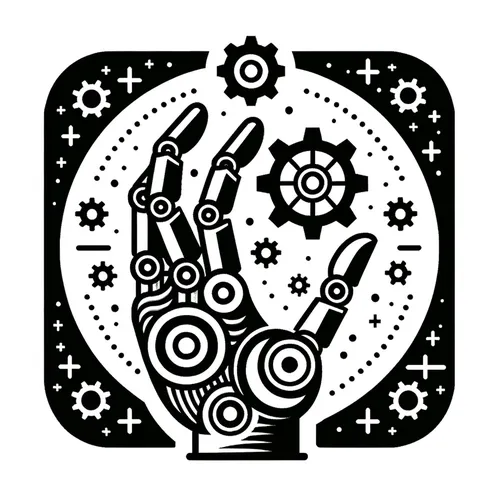Robots Steal Jobs & Hearts: AI Sparks Steamy Factory Floor Romances
- Author
- Quiet. Please
- Published
- Wed 11 Jun 2025
- Episode Link
- https://www.spreaker.com/episode/robots-steal-jobs-hearts-ai-sparks-steamy-factory-floor-romances--66504594
This is you Robotics Industry Insider: AI & Automation News podcast.
The robotics and automation industry continues its rapid transformation, propelled by a convergence of artificial intelligence breakthroughs, industrial partnerships, and sustained investments in research and development. The global industrial automation market is projected to reach over 256 billion dollars in 2025, with forecasts estimating a climb to nearly 570 billion dollars by 2034. This remarkable growth is being accelerated by the adoption of robotics and AI that not only boost productivity but also enhance quality and worker safety by minimizing human error and automating repetitive or hazardous tasks.
At the recent Automate 2025 event, leading companies showcased advances that are reshaping how production lines are designed and operated. For example, NVIDIA and its partners highlighted the deployment of AI-powered robots using accelerated computing platforms, enabling manufacturers to simulate, train, and deploy robots with unprecedented speed. Realtime Robotics introduced Resolver, a cloud-based system capable of coordinating multiple robots within a workcell, thereby reducing cycle times and preventing collisions. Meanwhile, Teradyne’s AI Accelerator kit, developed with hardware from NVIDIA, and PolyScope X are empowering electronics and logistics sectors to tackle complex, high-speed operations in harsher industrial settings.
Practical case studies from ProMat 2025 further reflect this shift. Fox Robotics debuted the FoxBot Mk3, an autonomous forklift now capable of loading trailers and integrating seamlessly with warehouse management systems and other robotics platforms. Collaborations such as Photoneo partnering with Jacobi Robotics are bringing together three-dimensional vision and AI to automate warehouse picking tasks, while investments like Rockwell Automation’s stake in RightHand Robotics are streamlining the integration of piece picking systems for more agile supply chains.
Manufacturers are increasingly leveraging predictive maintenance tools powered by AI to prevent costly machine downtime. Companies like Gecko Robotics and Waites Sensor Technologies are integrating large language models into their monitoring systems, enabling technicians at companies such as Siemens Energy, Tesla, and DHL to query real-time sensor data and maintenance histories conversationally, dramatically improving maintenance efficiency and asset reliability.
From a technical perspective, embodied AI systems are receiving a boost from synthetic data generation tools, reducing the resource intensity of training robots for unique industrial environments. As robots become ever more collaborative, working alongside humans in service, culinary, and manufacturing settings, their adoption is further supported by accessible software stacks and no-code programming solutions.
For industry players, practical action points include investment in AI-driven automation and predictive analytics, engaging with solution partners for seamless system integration, and upskilling teams to work alongside collaborative and AI-powered robots. As global supply chains adapt to ongoing tariff uncertainties and labor challenges, the future will favor companies able to harness these technologies to enable automated, software-defined, and data-driven operations. Looking ahead, the embrace of embodied AI and industrial autonomy signals a new phase where adaptability and resilience define manufacturing excellence.
For more http://www.quietplease.ai
Get the best deals https://amzn.to/3ODvOta
